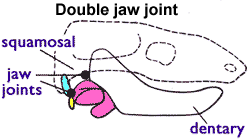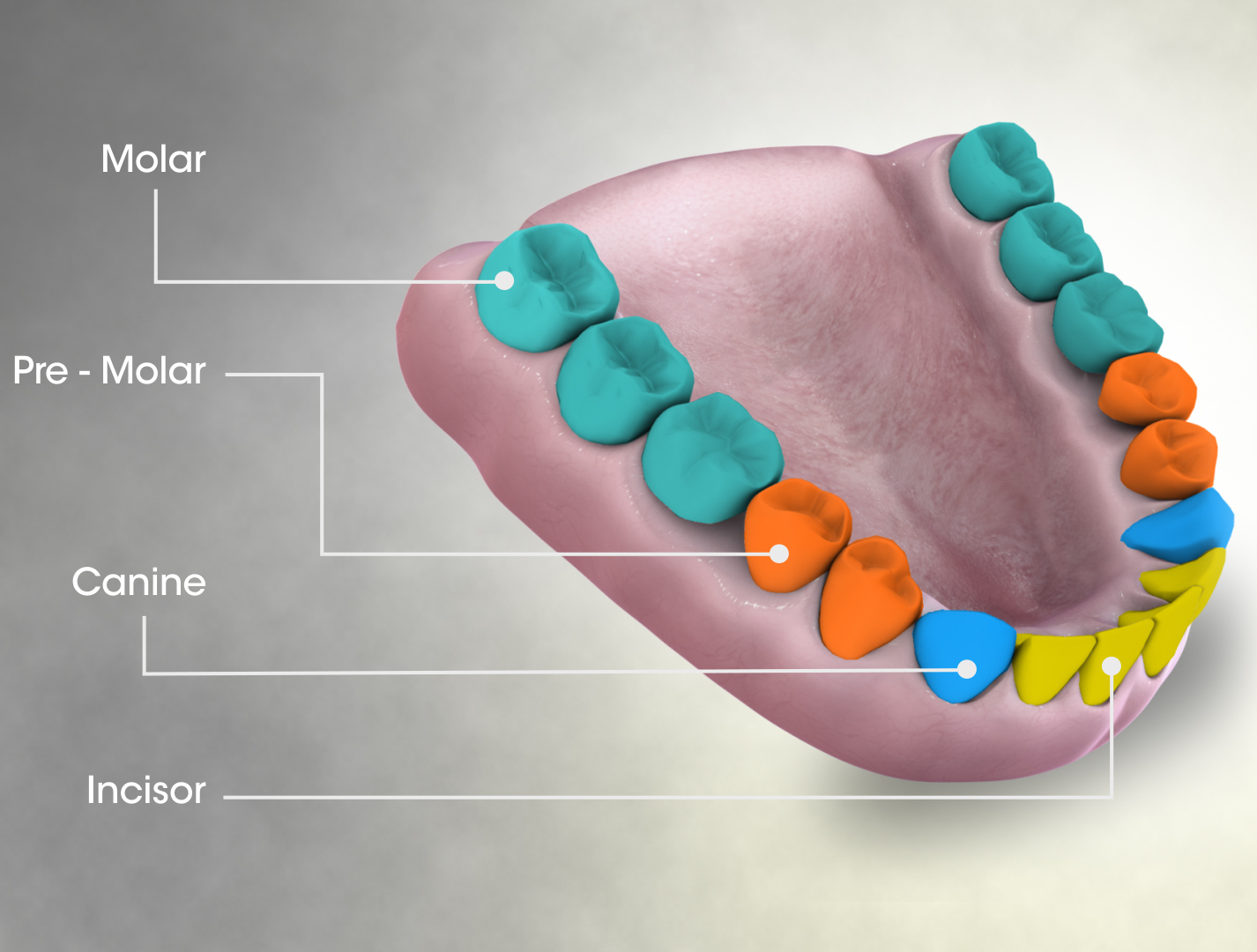|
Bridetherium
''Bridetherium'' is an extinct genus of morganucodontan from Early Jurassic deposits of southern Wales, United Kingdom. ''Bridetherium'' is known from some isolated upper and lower molariform. It was collected in the Pant Quarry, Vale of Glamorgan. It was first named by William A. Clemens in 2011 and the type species In zoological nomenclature, a type species (''species typica'') is the species name with which the name of a genus or subgenus is considered to be permanently taxonomically associated, i.e., the species that contains the biological type specimen( ... is ''Bridetherium dorisae''. The species name is in honour of early mammal paleontologist Doris Mary Kermack. References Morganucodonts Hettangian life Jurassic synapsids of Europe Jurassic France Fossils of France Fossil taxa described in 2011 Taxa named by William A. Clemens Jr. Prehistoric cynodont genera {{paleo-therapsid-stub ... [...More Info...] [...Related Items...] OR: [Wikipedia] [Google] [Baidu] |
Doris Mary Kermack
Doris Mary Kermack FLS (née Carr; 1923 – 2003) was a British paleontologist and marine zoologist at Imperial College London. She completed her PhD thesis entitled 'The anatomy and physiology of the gut of ''Arenicola marina'' L.' at University College London in 1953. In 1988 she was awarded the Linnean Gold Medal for outstanding service to the society. She had two sons with her husband and fellow paleontologist Kenneth Kermack. The species name '' Bridetherium dorisae'' is named in her honour. Together with her husband and Frances Mussett Frances is a French and English given name of Latin origin. In Latin the meaning of the name Frances is 'from France' or 'free one.' The male version of the name in English is Francis. The original Franciscus, meaning "Frenchman", comes from the F ... she was the first to formally describe the early mammal-like ' symmetrodont' '' Kuehneotherium praecursoris''. References Women paleontologists British palaeontologists Fellows ... [...More Info...] [...Related Items...] OR: [Wikipedia] [Google] [Baidu] |
Morganucodonta
Morganucodonta (" Glamorgan teeth") is an extinct order of basal Mammaliaformes, a group including crown-group mammals (Mammalia) and their close relatives. Their remains have been found in Southern Africa, Western Europe, North America, India and China. The morganucodontans were probably insectivorous and nocturnal, though like eutriconodonts some species attained large sizes and were carnivorous. Nocturnality is believed to have evolved in the earliest mammals in the Triassic (called the nocturnal bottleneck) as a specialisation that allowed them to exploit a safer, night-time niche, while most larger predators were likely to have been active during the day (though some dinosaurs, for example, were nocturnal as well). Anatomy and biology Morganucodontans had a double jaw articulation made up of the dentary- squamosal joint as well as a quadrate-articular one. This implies that they also retained one of their postdentary bones: the articular. There is a trough at the b ... [...More Info...] [...Related Items...] OR: [Wikipedia] [Google] [Baidu] |
Morganucodonts
Morganucodonta (" Glamorgan teeth") is an extinct order of basal Mammaliaformes, a group including crown-group mammals (Mammalia) and their close relatives. Their remains have been found in Southern Africa, Western Europe, North America, India and China. The morganucodontans were probably insectivorous and nocturnal, though like eutriconodonts some species attained large sizes and were carnivorous. Nocturnality is believed to have evolved in the earliest mammals in the Triassic (called the nocturnal bottleneck) as a specialisation that allowed them to exploit a safer, night-time niche, while most larger predators were likely to have been active during the day (though some dinosaurs, for example, were nocturnal as well). Anatomy and biology Morganucodontans had a double jaw articulation made up of the dentary-squamosal joint as well as a quadrate-articular one. This implies that they also retained one of their postdentary bones: the articular. There is a trough at the back of ... [...More Info...] [...Related Items...] OR: [Wikipedia] [Google] [Baidu] |
2011 In Paleontology
Protozoa New taxa Plants Ferns and fern allies Gymnosperms Gymnosperm research *An amplified whole plant reconstruction of the Ypresian Princeton chert pine ''Pinus arnoldii'', expanding the diagnosis to include ''P. similkameenensis'' (Miller, 1973 Events January * January 1 - The United Kingdom, the Republic of Ireland and Denmark 1973 enlargement of the European Communities, enter the European Economic Community, which later becomes the European Union. * January 15 – Vietnam War: ...) foliage and wood plus unnamed pollens cones found in attachment to the ''P. arnoldii'' ovulate cones is published by Klymiuk, Stockey, & Rothwell. Angiosperms Nematoda Lobopods Vetulicolians Molluscs Arthropods Fishes Amphibians Newly named lepospondyls Newly named temnospondyls Newly named lissamphibians Basal reptiles Newly named captorhinids Newly named basal diapsids Newly named ichthyosaurs Lepidosauromorphs Newly named saurosphargids Newly ... [...More Info...] [...Related Items...] OR: [Wikipedia] [Google] [Baidu] |
Hettangian
The Hettangian is the earliest age and lowest stage of the Jurassic Period of the geologic timescale. It spans the time between 201.3 ± 0.2 Ma and 199.3 ± 0.3 Ma (million years ago). The Hettangian follows the Rhaetian (part of the Triassic Period) and is followed by the Sinemurian. In European stratigraphy the Hettangian is a part of the time span in which the Lias was deposited. An example is the British Blue Lias, which has an upper Rhaetian to Sinemurian age. Another example is the lower Lias from the Northern Limestone Alps where well-preserved but very rare ammonites, including Alsatites, have been found. Stratigraphic definitions The Hettangian was introduced in the literature by Swiss palaeontologist, Eugène Renevier, in 1864. The stage takes its name from Hettange-Grande, a town in north-eastern France, just south of the border with Luxembourg on the main road from Luxembourg City to Metz. The base of the Hettangian Stage (which is also the base of the Low ... [...More Info...] [...Related Items...] OR: [Wikipedia] [Google] [Baidu] |
Fossil Taxa Described In 2011
A fossil (from Classical Latin , ) is any preserved remains, impression, or trace of any once-living thing from a past geological age. Examples include bones, shells, exoskeletons, stone imprints of animals or microbes, objects preserved in amber, hair, petrified wood and DNA remnants. The totality of fossils is known as the ''fossil record''. Paleontology is the study of fossils: their age, method of formation, and evolutionary significance. Specimens are usually considered to be fossils if they are over 10,000 years old. The oldest fossils are around 3.48 billion years old to 4.1 billion years old. Early edition, published online before print. The observation in the 19th century that certain fossils were associated with certain rock strata led to the recognition of a geological timescale and the relative ages of different fossils. The development of radiometric dating techniques in the early 20th century allowed scientists to quantitatively measure the absolute ... [...More Info...] [...Related Items...] OR: [Wikipedia] [Google] [Baidu] |
Fossils Of France
A fossil (from Classical Latin , ) is any preserved remains, impression, or trace of any once-living thing from a past geological age. Examples include bones, shells, exoskeletons, stone imprints of animals or microbes, objects preserved in amber, hair, petrified wood and DNA remnants. The totality of fossils is known as the ''fossil record''. Paleontology is the study of fossils: their age, method of formation, and evolutionary significance. Specimens are usually considered to be fossils if they are over 10,000 years old. The oldest fossils are around 3.48 billion years old to 4.1 billion years old. Early edition, published online before print. The observation in the 19th century that certain fossils were associated with certain rock strata led to the recognition of a geological timescale and the relative ages of different fossils. The development of radiometric dating techniques in the early 20th century allowed scientists to quantitatively measure the absolut ... [...More Info...] [...Related Items...] OR: [Wikipedia] [Google] [Baidu] |
Jurassic France
The Jurassic ( ) is a geologic period and stratigraphic system that spanned from the end of the Triassic Period million years ago (Mya) to the beginning of the Cretaceous Period, approximately Mya. The Jurassic constitutes the middle period of the Mesozoic Era and is named after the Jura Mountains, where limestone strata from the period were first identified. The start of the Jurassic was marked by the major Triassic–Jurassic extinction event, associated with the eruption of the Central Atlantic Magmatic Province. The beginning of the Toarcian Stage started around 183 million years ago and is marked by an extinction event associated with widespread oceanic anoxia, ocean acidification, and elevated temperatures likely caused by the eruption of the Karoo-Ferrar large igneous provinces. The end of the Jurassic, however, has no clear boundary with the Cretaceous and is the only boundary between geological periods to remain formally undefined. By the beginning of the Jurassic, t ... [...More Info...] [...Related Items...] OR: [Wikipedia] [Google] [Baidu] |
Hettangian Life
The Hettangian is the earliest age and lowest stage of the Jurassic Period of the geologic timescale. It spans the time between 201.3 ± 0.2 Ma and 199.3 ± 0.3 Ma (million years ago). The Hettangian follows the Rhaetian (part of the Triassic Period) and is followed by the Sinemurian. In European stratigraphy the Hettangian is a part of the time span in which the Lias was deposited. An example is the British Blue Lias, which has an upper Rhaetian to Sinemurian age. Another example is the lower Lias from the Northern Limestone Alps where well-preserved but very rare ammonites, including Alsatites, have been found. Stratigraphic definitions The Hettangian was introduced in the literature by Swiss palaeontologist, Eugène Renevier, in 1864. The stage takes its name from Hettange-Grande, a town in north-eastern France, just south of the border with Luxembourg on the main road from Luxembourg City to Metz. The base of the Hettangian Stage (which is also the base of the Lower ... [...More Info...] [...Related Items...] OR: [Wikipedia] [Google] [Baidu] |
Molar (tooth)
The molars or molar teeth are large, flat teeth A tooth ( : teeth) is a hard, calcified structure found in the jaws (or mouths) of many vertebrates and used to break down food. Some animals, particularly carnivores and omnivores, also use teeth to help with capturing or wounding prey, te ... at the back of the mouth. They are more developed in mammal, mammals. They are used primarily to comminution, grind food during mastication, chewing. The name ''molar'' derives from Latin, ''molaris dens'', meaning "millstone tooth", from ''mola'', millstone and ''dens'', tooth. Molars show a great deal of diversity in size and shape across mammal groups. The third molar of humans is sometimes vestigial. Human anatomy In humans, the molar teeth have either four or five cusp (dentistry), cusps. Adult humans have 12 molars, in four groups of three at the back of the mouth. The third, rearmost molar in each group is called a Third molar, wisdom tooth. It is the last tooth to appear, ... [...More Info...] [...Related Items...] OR: [Wikipedia] [Google] [Baidu] |
Type Species
In zoological nomenclature, a type species (''species typica'') is the species name with which the name of a genus or subgenus is considered to be permanently taxonomically associated, i.e., the species that contains the biological type specimen(s). Article 67.1 A similar concept is used for suprageneric groups and called a type genus. In botanical nomenclature, these terms have no formal standing under the code of nomenclature, but are sometimes borrowed from zoological nomenclature. In botany, the type of a genus name is a specimen (or, rarely, an illustration) which is also the type of a species name. The species name that has that type can also be referred to as the type of the genus name. Names of genus and family ranks, the various subdivisions of those ranks, and some higher-rank names based on genus names, have such types. [...More Info...] [...Related Items...] OR: [Wikipedia] [Google] [Baidu] |





_(2).jpg)